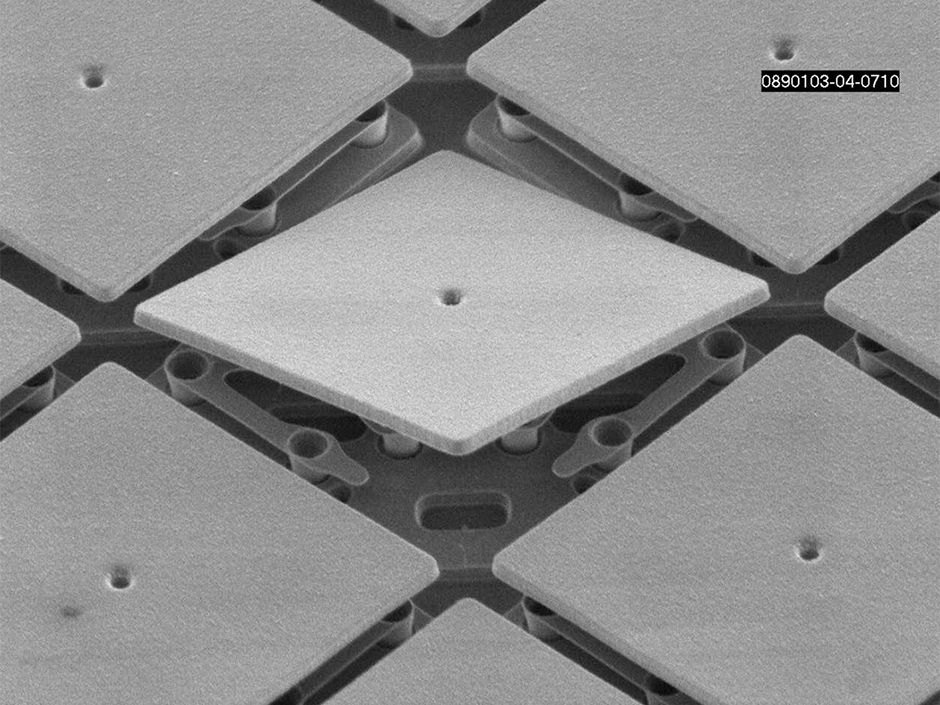Chip Hall of Fame: Texas Instruments Digital Micromirror Device
An Oscar-winning invention brought digital video to movie theaters
Digital Micromirror Device
Manufacturer: Texas Instruments
Category: MEMS and Sensors
Year: 1987
On 18 June 1999, Larry Hornbeck took his wife, Laura, on a date. They went to watch Star Wars: Episode 1—The Phantom Menace at a theater in Burbank, Calif. Not that the graying engineer was an avid Jedi fan. The reason they were there was actually the projector. At the heart of the projector was a chip—the digital micromirror device—that Hornbeck had invented at Texas Instruments. A DMD uses millions of hinged microscopic mirrors to direct light through a projection lens. The Phantom Menace screening was “the first digital exhibition of a major motion picture,” says Hornbeck, a TI Fellow. Today movie projectors based on this digital light-processing technology—or DLP, as TI branded it—are used in thousands of theaters. It’s also integral to rear-projection TVs, office projectors, and tiny projectors for cellphones. “To paraphrase Houdini,” Hornbeck says, “micromirrors, gentlemen. The effect is created with micromirrors.” For his efforts, Hornbeck was ultimately awarded an Oscar—unlike The Phantom Menace.
An early prototype digital mirror device. Descendants of this chip can be found in projectors worldwide.
▲
The first production digital mirror device.
▲
Larry Hornbeck receiving his Oscar, proof that all the really cool stuff happens at the Scientific and Technical Awards.
▲
